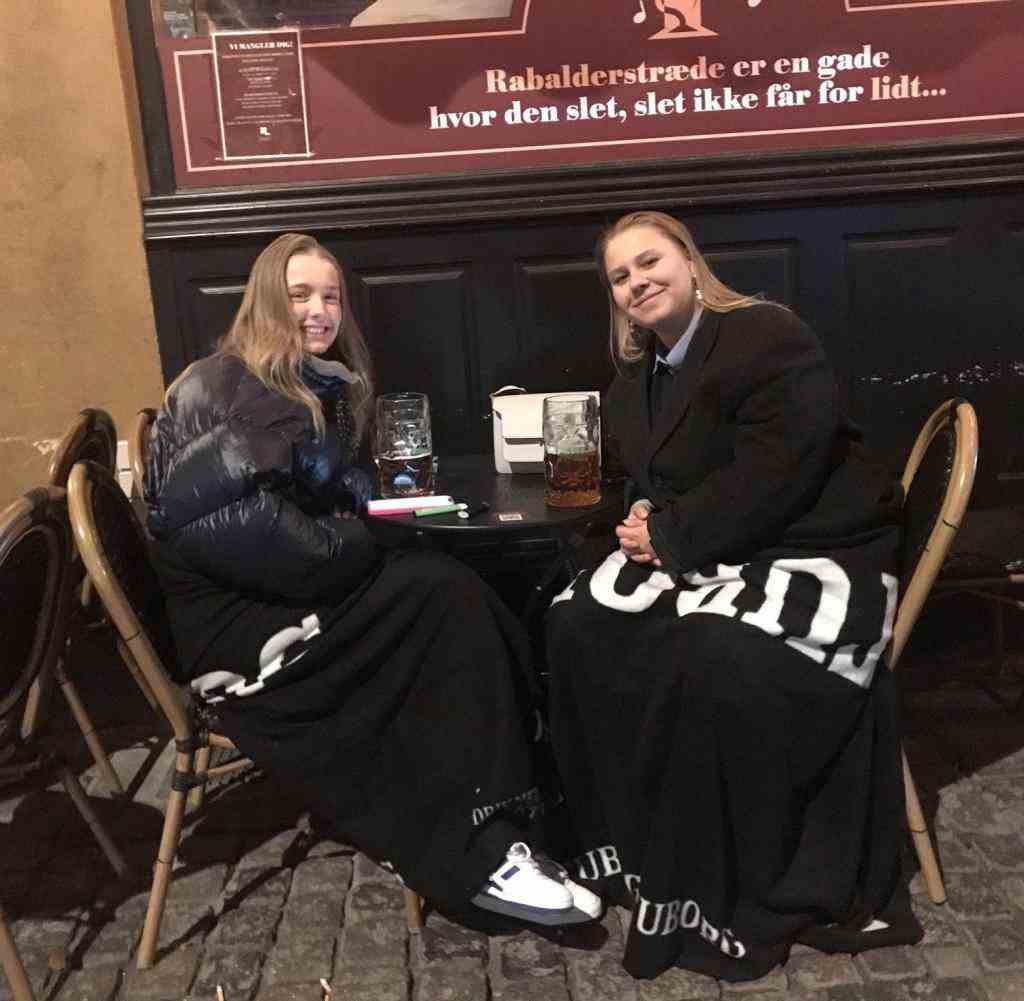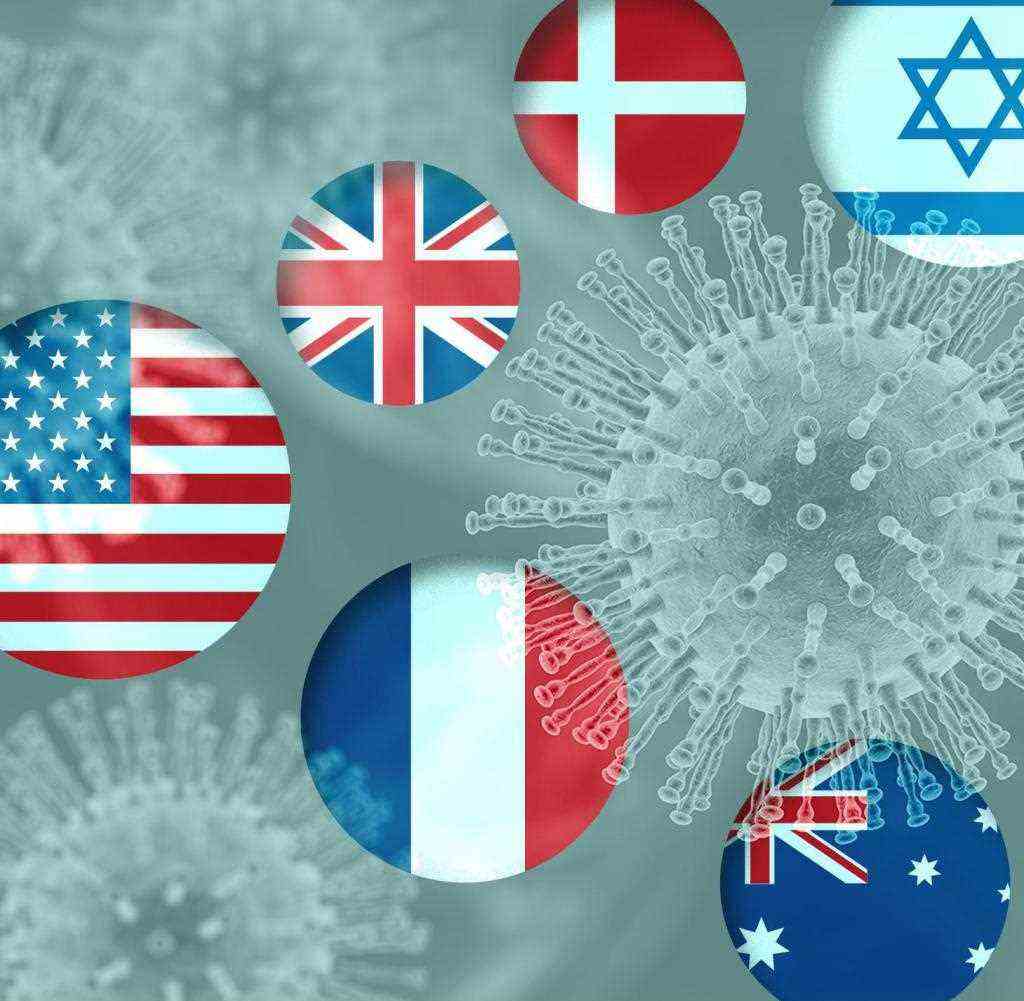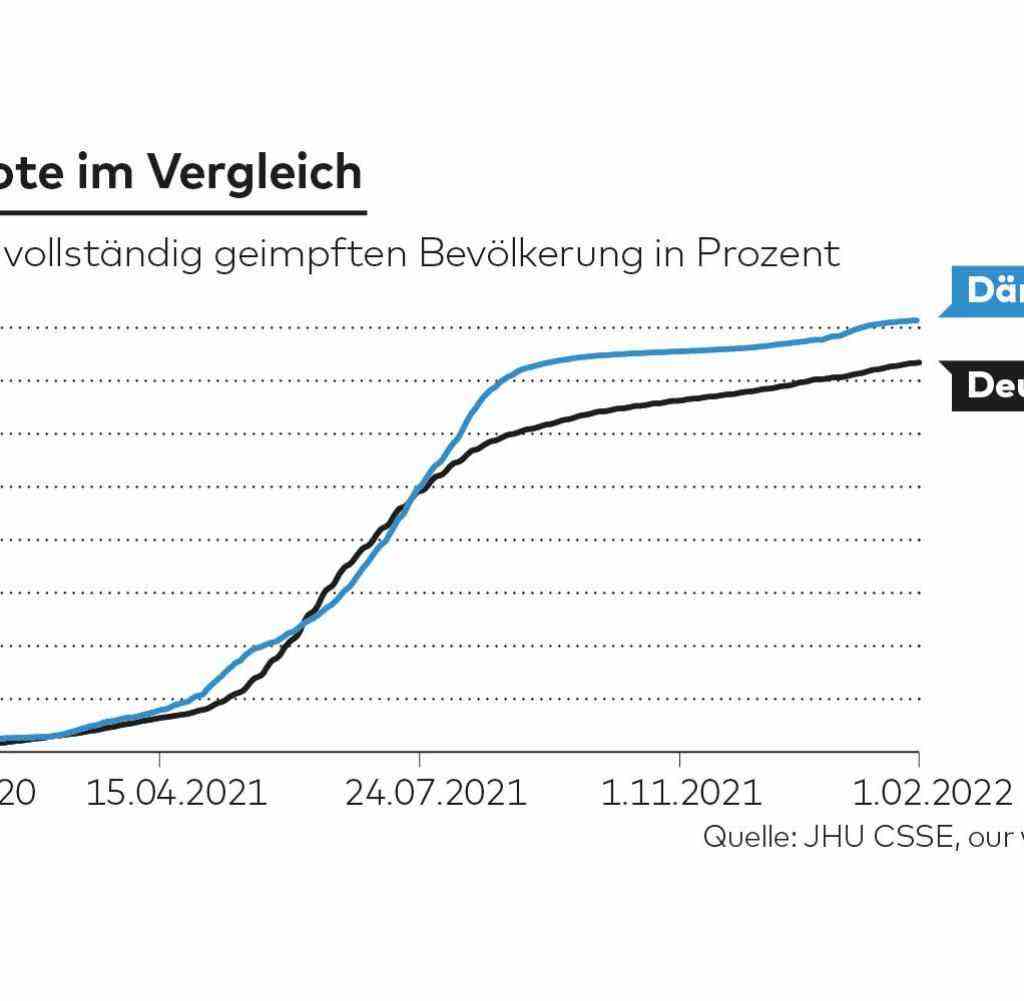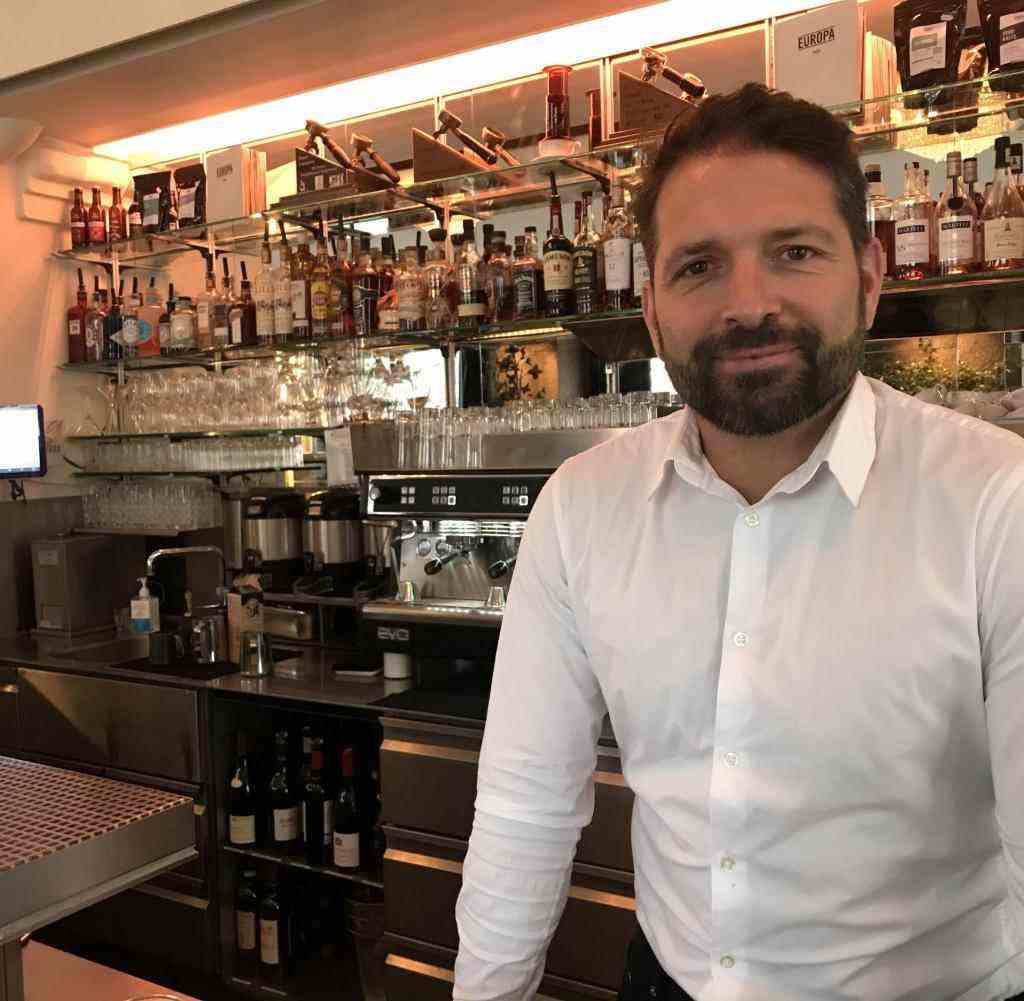Mthey have to search a bit, the celebrating Danes on Tuesday night. Freedom Day begins at midnight, for the second time. No more curfew in the bars, no serving stop at 10 p.m. When all corona measures were lifted in Denmark in September last year, 50,000 people jumped to the beat at a post-punk concert in Copenhagen the next day and lay sweating and happy in their arms.
This time it feels as if the feeling of freedom has yet to spread in the Danish capital. Most pubs put up their chairs before midnight, the old butchers’ quarter with its clubs and hip restaurants is dark and deserted at dusk. The sudden reopening, it hasn’t arrived everywhere yet.
Only on Gothersgade, the party mile for young capital city dwellers, do the bright neon lights flash after midnight. Here one bar follows the next, they are called “Cucaracha Bar” or “Aloha Beach Bar”. In front of the “Rabalder Bar”, a retro-style corner bar that advertises live music and cheap cocktails, two young blonde women are sitting wrapped in blankets. The friends giggle and toast their huge mugs of beer. Pure Danish hygge. Inside, revelers crowd tightly together, the air is stuffy, and it’s noisy. Everything like before the pandemic.
Pure hygge: Two young women make themselves comfortable in front of a bar in Copenhagen
Source: Julia Wäschenbach
The young Copenhageners on the way to adulthood may have missed their freedom the most and are now the fastest to adjust to it again. “I don’t think about the infections at all anymore,” says 19-year-old Frederik, lanky, dark-haired, who throws himself into the nightlife with his friend August at the first opportunity.
“Tonight I didn’t even have my mask with me and I wasn’t asked for the Corona passport either. It feels so natural, like there was never a lockdown at all. I just had fun.”
Source: Infographic WORLD
Corona passport, mask requirement, ban on assembly – all of this is now a thing of the past in Denmark. The government has determined that Covid-19 is no longer a “socially critical disease”. And this despite the fact that the nationwide seven-day incidence was already around 5,000 when it opened.
The State Research Center for Infectious Diseases SSI counted 55,000 newly infected people on Wednesday alone. But hardly anyone raises the alarm in the hospitals. At the same time, fewer and fewer patients are being treated in intensive care units: there are currently 26 nationwide, only 16 need to be ventilated.
Omicron, the virus variant that not only scared the Danes in December, is now considered the fastest way out of the corona pandemic in this country. The high booster vaccination rate of almost 61 percent coupled with many infections should quickly bring herd immunity – and the Danes back to normal life.
But until then there are still a few weeks to go before the number of infections increases, warns epidemiologist Viggo Andreasen from the University of Roskilde: “If we open up social life now, we have to expect this epidemic to continue to grow.” And while Frederik and his friends do celebrate the regained freedom, this news causes headaches for others.
Cecilie Dalgaard runs the day care center The Blue Universe in Brønshøj, a district in north-west Copenhagen. The brunette teacher sits at her desk, in front of her rosters that have not worked out for many weeks. In the meantime, only three of their 20 permanent employees showed up for work in January.
Lack of care in day-care centers
Everyone else was either infected, on sick leave with stress, or in quarantine. “It went so far that I wrote to people on Facebook and practically got them off the street because I had no other option,” says the 48-year-old. “We asked: Don’t you have anything to do? Then help us take care of the children.”
Dalgaard has just had her second corona infection and she still looks a bit battered. But mostly tired. “If my employees get Corona again, we have a massive problem because the parents can no longer stay at home with their children,” she says, adjusting her glasses. “As a result, they are then forced to give their children to institutions where they know that the conditions are not right at the moment.”
The teacher feels let down by the Danish government. She would have liked the authorities to wait a little longer before lifting almost all measures until the infection situation eased – and she is far from alone. Schools, nursing homes and hospitals are also missing many employees in these weeks. The hope remains that it will only be a short dry spell and that happiness will soon outweigh normal everyday life after Corona.
Source: Infographic WORLD
In the busy Copenhagen pedestrian zone Strøget, it already feels as if the pandemic never happened on these cold, wet days in February. Without masks, locals and tourists jostle in the shops, the fear of getting close to each other seems to have vanished.
Brice Groyer greets his guests with a beaming smile at Café Europa on Amagertorv Square. “For us it’s finally ‘back to normal’ again,” says the café manager. The Copenhageners quickly got used to being able to visit his café without a corona pass, mask and distance, he says. Only a few older guests would have asked for a table a little further away.
“For us it’s finally ‘back to normal’ again,” says café manager Brice Groyer
Source: Julia Wäschenbach
“I think it’s totally fine that we’re open again,” says 50-year-old Søren Essendrop, walking down the wide shopping street in the drizzle. “Yes, the argument for the lockdown was not to burden hospitals and experts say that is not the case. Then we should get on as well.” Like many others in the city center, Essendrop is out and about without a face mask for the first time again. Thanks to his vaccination, he feels well protected and no longer worries about infection.
Masks continue to characterize the cityscape
A few hundred meters further, at Kongens Nytorv, a hub of the modern Copenhagen Metro, a different picture emerges. Among the many passengers hurrying past each other are some who are still wearing a mask. Partly because the news hasn’t reached them yet, partly because they want to be careful given the high number of infections.
Others, like 35-year-old Tobias Fullerton Støier, are happy to be rid of the mouthguard. Støier works as a digital expert at a hotel chain and this morning he is on the M4 line to one of the houses in the north of the city. “I hope that people will continue to wear a mask when they are sick in the future,” says the Copenhagen native. “But today it’s just nice not to have to pull them out of my bag and think about where a clean one is or if I have to take an old one.”








